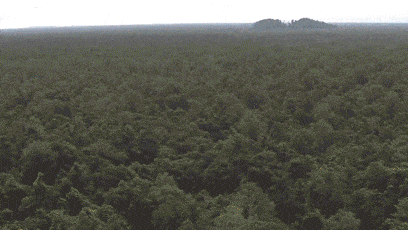 |
| Tenor |
Urbanisation is the key to a nation's growth and that's why urban land increased from 33.2 to 71.3 million hectares (Mha) between 1992 and 2015, per 2019 studies. However, all the pride of expansion begins to fade when you realise that in the same time frame, the world may have lost up to 35 Mha of forest to urbanisation.
Cities Need Food. Growing Food Needs Land
As cities expand by directly consuming forest and farmland, they also trigger massive amounts of indirect deforestation for agriculture because both giant metros and small towns need a lot of food to feed their ever growing populations.
How Much Is It Truly Costing Us?
🥶 - when we think of deforestation on a global scale after seeing just 2 examples.
Is There A Solution?
To cut the long story short, yes. You see, in 1960, the average German had just 19 sq. m. (204.5 sq. ft.) of living space. 30 years later that had grown to 34 sq. m., and today, another 30 years on, it's 47 sq. m.
🍀 Moral of the story: Let's start living tiny if we are serious about saving our urban planet.
💡 1 hectare (ha) = 2.47 acres.
